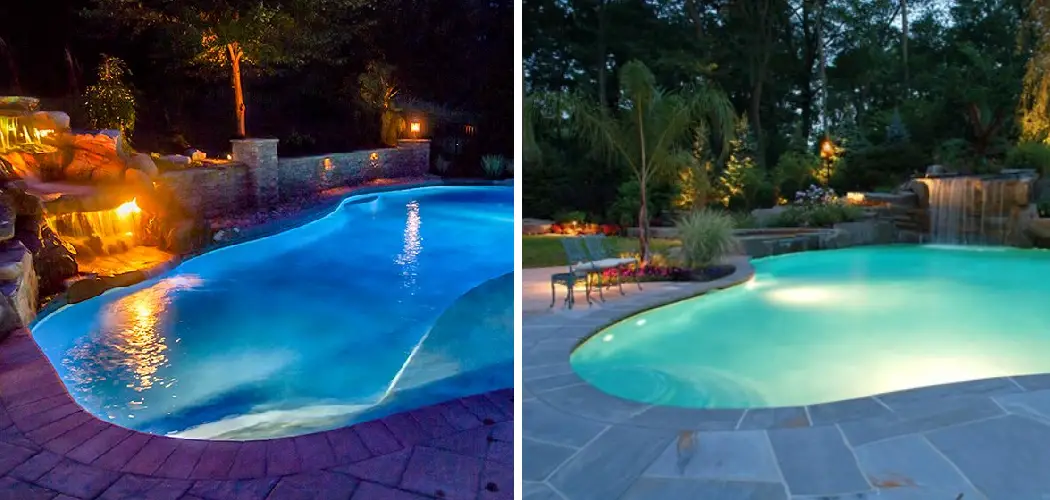Pool lights not only enhance the aesthetic appeal of your pool but also provide safety and visibility during nighttime swims. However, turning pool lights on can sometimes be confusing, especially if you’re new to the system or the pool itself. In this guide, we will walk you through the simple yet crucial steps of how to turn pool lights on.
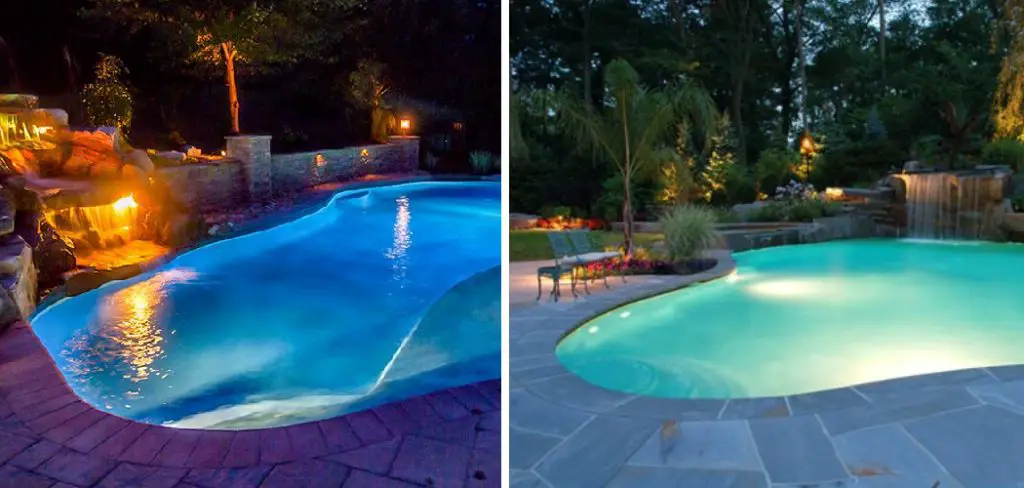
Whether you have traditional incandescent lights, LED lights, or other types of pool lighting, understanding the process ensures that you can enjoy a well-lit and inviting pool environment whenever you desire. From the basic steps for manual activation to insights into remote-controlled or automated systems, we’ll cover it all, making sure you can make the most of your pool lights effortlessly.
The Significance of Pool Lighting
Swimming is a popular activity and owning a pool can greatly enhance your outdoor living experience. However, pools are not just for daytime use, they can also be enjoyed after the sun goes down. This is where pool lighting comes into play.
Pool lighting has more benefits than just helping you navigate safely around the pool at night. In fact, it adds appeal to your entire outdoor space. It creates an ambiance that can make your pool area a relaxing and inviting spot to spend time with family and friends.
But there are other reasons why pool lighting is important. For one, it increases safety by illuminating the pool at night, making it easier to see potential hazards such as steps, ledges, or objects in the water. This is especially important for families with children who may be tempted to swim at night.
Moreover, pool lighting can also enhance the overall aesthetic of your pool and backyard. With a variety of colors and styles available, you can customize the look of your pool area to match your personal taste and style. Whether you want a soft, romantic ambiance or a vibrant party atmosphere, there are options to suit every preference.
10 Methods How to Turn Pool Lights on
1. Manual Switch
The most common way to turn pool lights on is by using a manual switch. This switch is usually located near the pool and is typically a small box with a switch on it that can be flipped on or off. When the switch is in the “on” position, it will activate the circuit that powers the pool lights.
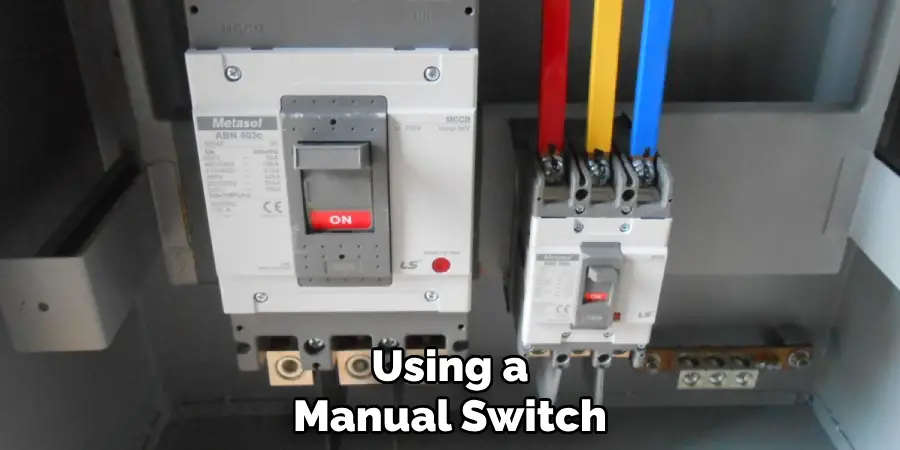
2. Wireless Remote Control
Another popular method for turning pool lights on is by using a wireless remote control. This type of device can be programmed to turn the lights on and off at certain times of day or night, making it convenient for those who want to set their own lighting schedule. The remote control also allows you to adjust the brightness of the lights so you can create the perfect atmosphere for your evening swims.
3. Timer
Using a timer is another great way to turn your pool lights on and off automatically without having to manually flip a switch each time you want them turned on or off. Timers are relatively inexpensive and easy to install, and they can be programmed to turn your lights on at specific times each day or night so you don’t have to worry about remembering when to flip a switch or press a button.
4. Solar Lights
If you’re looking for an eco-friendly way to light up your swimming pool, then solar-powered lights might be just what you need! These types of lights draw energy from the sun during the day and store it in rechargeable batteries so that they can be used at night when there isn’t any sunlight available. Solar-powered pool lights are very efficient and cost-effective since they don’t require any electricity from your home in order to operate them.
5. Automated Pool Cleaner
Some models of automated pool cleaners come with built-in lighting fixtures that can be used as part of their cleaning cycle. These types of robotic cleaners are equipped with sensors that detect obstacles in their path, which helps them avoid running into furniture or other items around your swimming pool area while they clean up debris from the bottom of your pool floor.
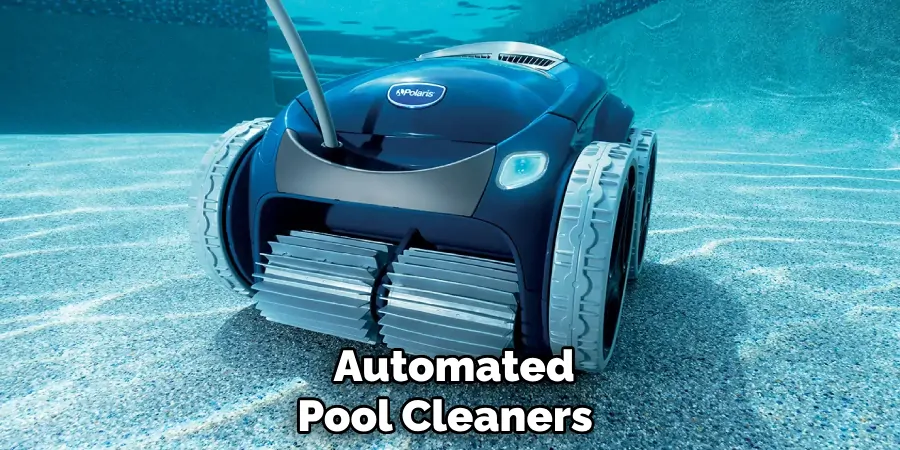
The built-in lighting fixtures make it easier for these cleaners to navigate through dark areas of your pool as well as help illuminate areas where debris may have collected over time so that it can easily be removed without any hassle whatsoever!
6. Motion Sensor Lights
Motion sensor lights are another great option if you want an easy way to turn your swimming pool lights on without having to manually flip switches every time you use them! These types of lighting fixtures detect movement within their range and automatically activate whenever someone enters its field of view, providing illumination until they leave again after their swim session has ended!
They also provide added security since anyone approaching your swimming area will immediately trigger these motion sensors and alert you or anyone else nearby about their presence before they even get close enough to cause any harm!
7. Voice Activation
Voice activation technology has become increasingly popular in recent years due to its ease of use and convenience factor! With this type of system, all you have to do is simply say “Turn my swimming pool lights on” into an activated microphone device such as Google Home or Amazon Alexa, and voila – your swimming area will instantly become illuminated without ever having had to lift a finger! It doesn’t get much more effortless than this!
8. Smartphone App
For those who prefer not using voice activation technology but still want something simple yet effective for turning their swimming area illumination on/off, then downloading a smartphone app would be ideal for this purpose! There are several apps out there specifically designed for controlling various aspects related to pools including lighting systems – all with just a few taps away right from our mobile devices!
9. Light Sensors
Light sensors are another great option if you want an automated way of turning your swimming area illumination on/off depending upon how much natural sunlight is present outside at any given moment during daytime hours!
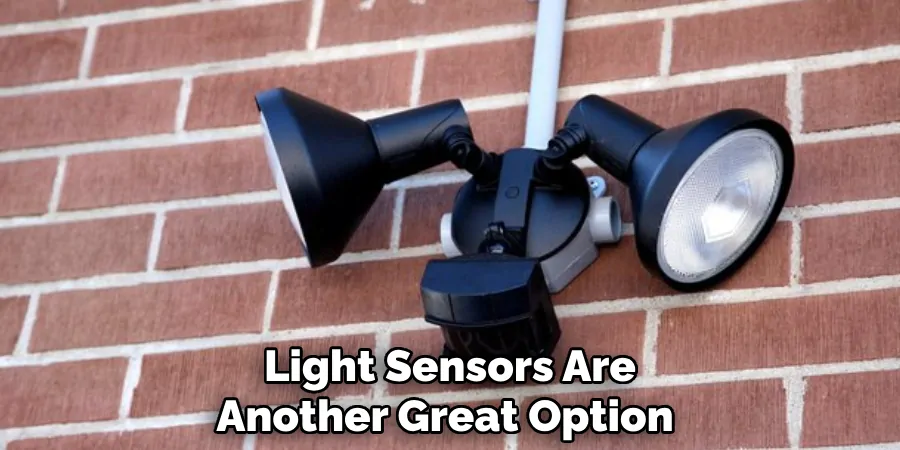
By installing one (or more) light sensors around perimeter walls surrounding your swimming area, these devices will detect how much natural sunlight is available outside (based upon current weather conditions) and then adjust brightness levels accordingly inside accordingly – all without ever needing human intervention whatsoever!
10. Wi-Fi Enabled Switches
Wi-Fi-enabled switches are yet another convenient option if you want something more advanced than traditional manual switches but still don’t feel comfortable using voice commands or smartphone app controls either due to wanting extra privacy/security measures taken when controlling devices like these remotely over the internet connections (which could potentially expose us vulnerable cyber attacks).
Things to Consider When Turning on Pool Lights
If you have a pool at home or are planning to install one, you may want to consider adding pool lights. Not only do they make your pool look more inviting, but they also serve as an important safety feature for night swimming.
When it comes to turning on your pool lights, there are a few things you should keep in mind. Here are some important considerations for safely and effectively using pool lights:
Check the Wiring
Before you turn on your pool lights, it’s important to check the wiring and make sure everything is in good working condition. Look for any exposed wires or damage that could potentially cause a safety hazard. If you notice any issues, it’s best to have a professional electrician inspect and repair the wiring before using the lights.
Use a Timer
Using a timer for your pool lights is not only convenient, but it also helps save energy and extends the lifespan of your lights. Set the timer to turn on at dusk and turn off at a designated time, such as midnight or early morning. This way, you won’t have to worry about manually turning them on and off every night.
Consider LED Lights
When it comes to choosing the type of pool lights, consider using LED lights. They are more energy-efficient, last longer, and produce brighter light compared to traditional incandescent bulbs. While they may have a higher upfront cost, the long-term savings make them a worthwhile investment.
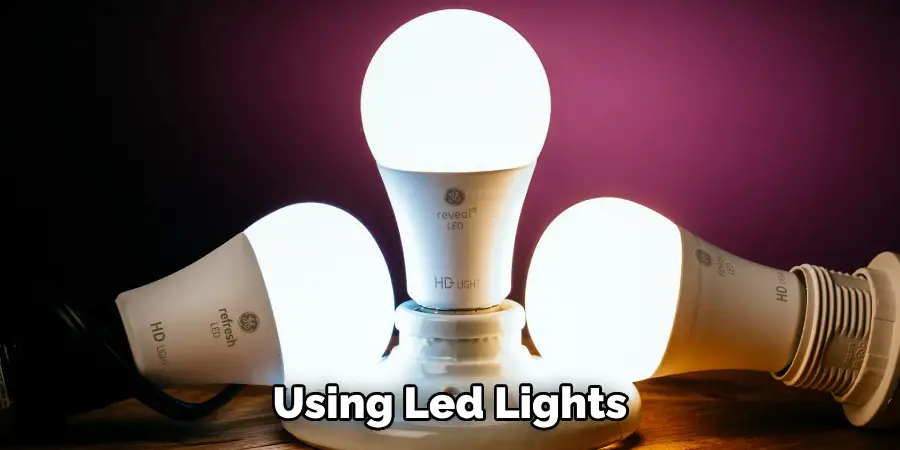
Conclusion
In conclusion, turning on pool lights may seem like a daunting task at first, but with the right tools and techniques in hand it doesn’t have to be overwhelming. Referencing the steps outlined in this post is a great place to start, as they can easily walk you through each step of the way.
Learning how to troubleshoot, diagnose and fix any issues encountered along the way is also an important skill every avid pool owner should obtain, so take this opportunity to expand your knowledge. Hopefully this article has been able to demystify how to turn pool lights on for all readers and if there’s anything else that needs clarification then don’t hesitate to ask.

